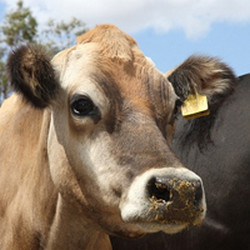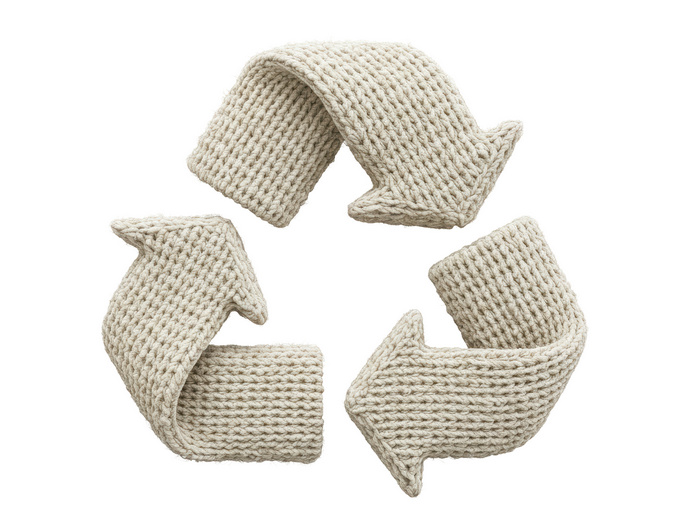Testing nitrogen-use efficiency in cows
Nitrogen-use efficiency (NUE) is a measure of how well cattle are able to convert nitrogen in their diet into milk and meat proteins. Optimising NUE in cattle will improve agricultural production while reducing environmentally unfriendly nitrogen waste products. As part of the EU-funded 'Nitrogen isotope fractionation as a marker for nitrogen-use efficiency in dairy cows' (NUEMARKER) project, researchers were tasked with developing a simple diagnostic tool to measure NUE in ruminants, starting with cattle. They studied both beef and dairy cows in Ireland and New Zealand, with varying types and quality of feed. The project used the variation in stable nitrogen isotopes to track nitrogen use in the animals. Researchers showed this method to be a reliable way to measure feed efficiency compared to conventional methods. However, large amounts of rumen-degradable protein in animal waste products meant that a relationship between isotope fractions and feeding efficiency could not be established. Despite this, NUEMARKER did find a strong relationship between the proportion of a particular nitrogen isotope (15N) in the blood and the feeding efficiency of both dairy and beef cows. Further, high NUE was associated with high breeding worth, a commonly used method to estimate the economic value of an animal or breed. The NUEMARKER project laid the foundation for a simple new diagnostic test of NUE that does not rely on measuring food intake. This promises to improve the overall productivity of ruminant agriculture.







